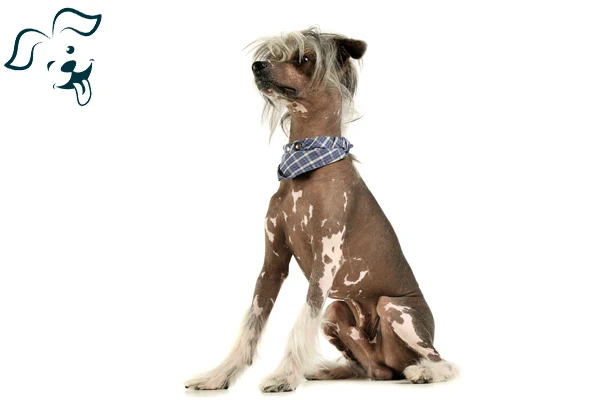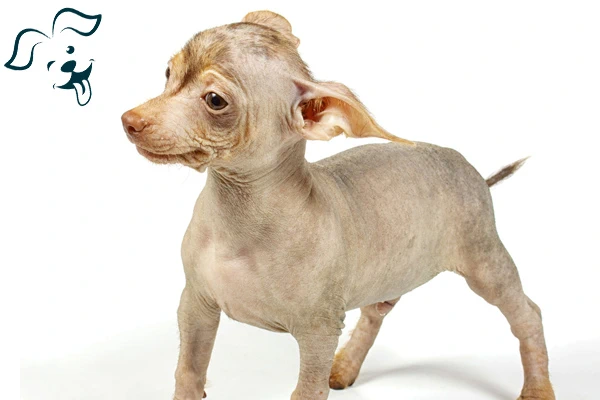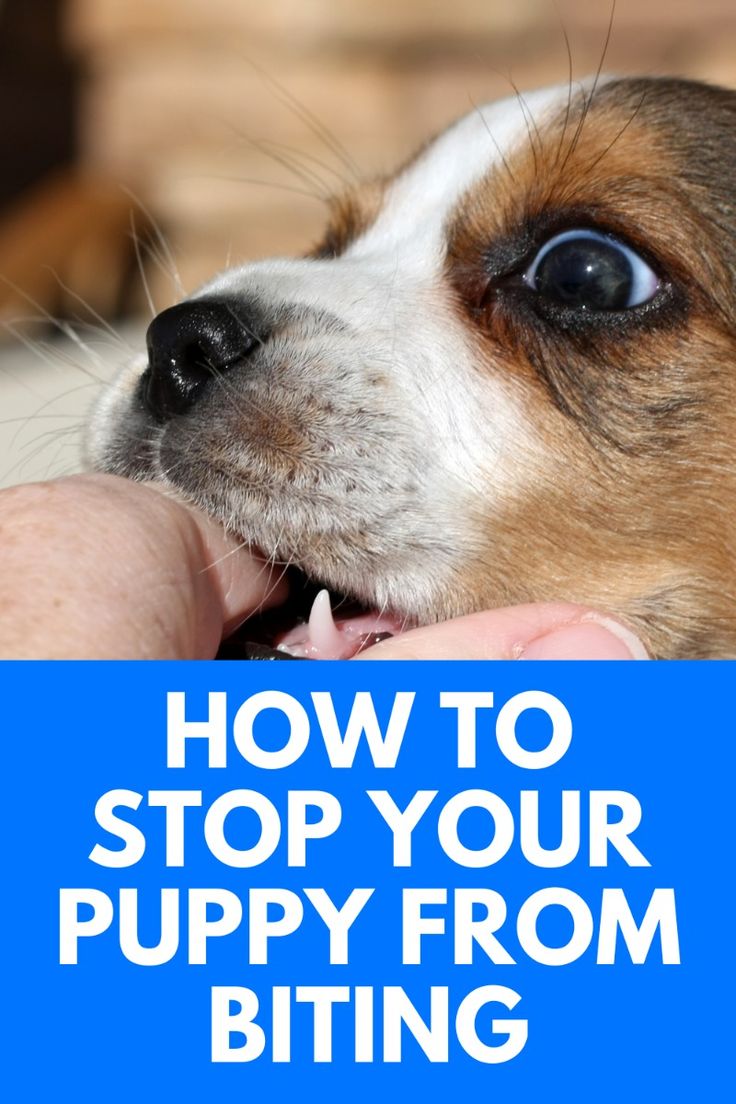Conscientious dog breeders take great care to ensure the well-being of their animals by rigorously screening for various health issues. These may include hip dysplasia, heart-related conditions and the occasional luxating patella which is akin to the human variant known as a 'trick knee'. They also look out for Legg-Calve-Perthes disease, a treatable hip disorder that surgery can rectify. It's noteworthy to mention that skin ailments are exceptionally uncommon in this particular breed. Like all dogs the American Hairless Terrier requires some routine grooming to stay in tip-top shape this involves regular ear checks to clear out any debris or excess wax as well as frequently brushing their teeth for optimal dental health.. Health Assessment Recommendations from the Breed's National Association:
|
American Hairless Terrier
ATTRIBUTES: Alert, Curious. Energetic
GROUP: Terrier Group
ACIVITY LEVEL: Regular Exercise
BARKING LEVEL: Medium
COAT TYPE: Hairless
COAT LENGTH: Short
SHADDING: Infrequent
SIZE: Small
TRAINABILITY: Eager To Please
CHARACTERISTIC: Smallest Dog Breeds, Best Dogs For Apartment Dwellers, Hypoallergenic Dogs, Hairless Dog Breeds
Breed Overview

Ancestry
Terrier

Origin
United States

Registration
2016

Size
12 - 16 Inches

Weight
12 - 28 Pounds

Expected Life
14 - 16 Years
























FRIENDLINESS
LIVELINESS
VIGILANCE INTENSITY
ADAPTATION CAPACITY